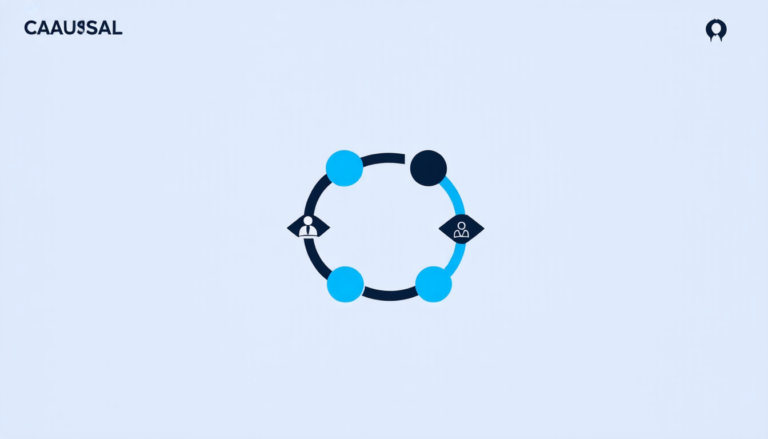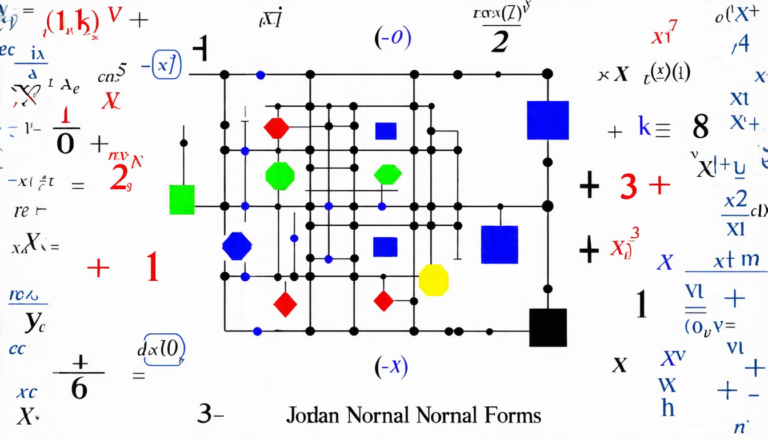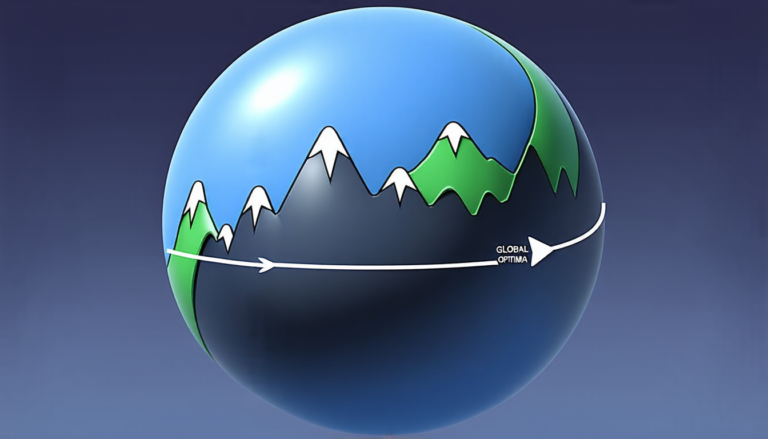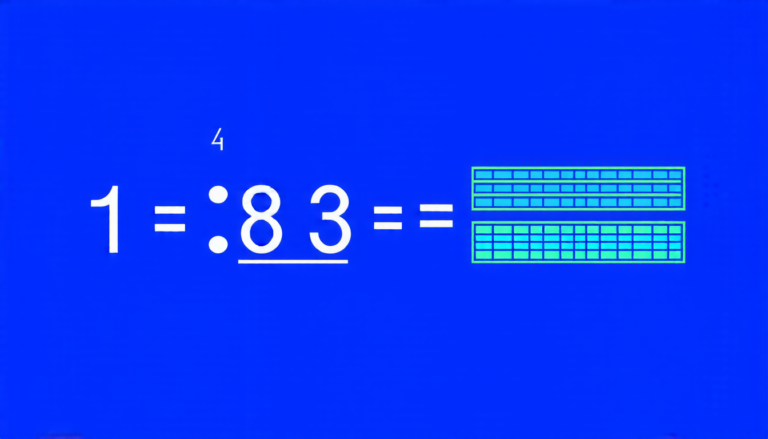Saturday 15 March 2025
A team of researchers has made a significant breakthrough in understanding the behavior of nonlocal curvature, a phenomenon that plays a crucial role in various fields such as physics, biology, and materials science.
At its core, nonlocal curvature is about how the shape of an object can influence its own properties. In traditional geometry, the curvature of a surface depends solely on its local properties, such as the way it bends or warps at each point. However, in the real world, objects often exhibit complex behavior that cannot be fully captured by local measurements alone.
One example is the study of surfaces with constant nonlocal mean curvature. In this context, researchers have long sought to understand how these surfaces behave and what properties they possess. The answer lies in the concept of nonlocal curvature, which allows scientists to describe the shape of an object in terms of its global properties rather than just its local ones.
The breakthrough comes from a team of researchers who have developed a new mathematical framework for understanding nonlocal curvature. By using this framework, they were able to prove that certain surfaces with constant nonlocal mean curvature possess unique properties, such as symmetry and regularity.
In particular, the researchers found that these surfaces are symmetric about some hyperplane, meaning that they look the same from both sides of this plane. This property is known as Alexandrov’s theorem, which has important implications for fields like physics and materials science.
The new framework also allows scientists to study surfaces with almost-constant nonlocal mean curvature, which is a more general case than constant curvature. In this context, researchers can use the framework to analyze the behavior of surfaces that are close to being symmetric but not quite there.
The impact of this breakthrough is far-reaching and has significant implications for various fields. For example, in materials science, understanding nonlocal curvature can help engineers design new materials with specific properties. In biology, it can aid researchers in studying the behavior of complex biological systems.
Overall, this breakthrough represents a major step forward in our understanding of nonlocal curvature and its applications. By providing new tools and insights into this phenomenon, scientists can now explore new possibilities for discovery and innovation.
Cite this article: “Unlocking the Secrets of Nonlocal Curvature”, The Science Archive, 2025.
Nonlocal Curvature, Geometry, Physics, Biology, Materials Science, Mathematics, Symmetry, Regularity, Alexandrov’S Theorem, Surface Properties







